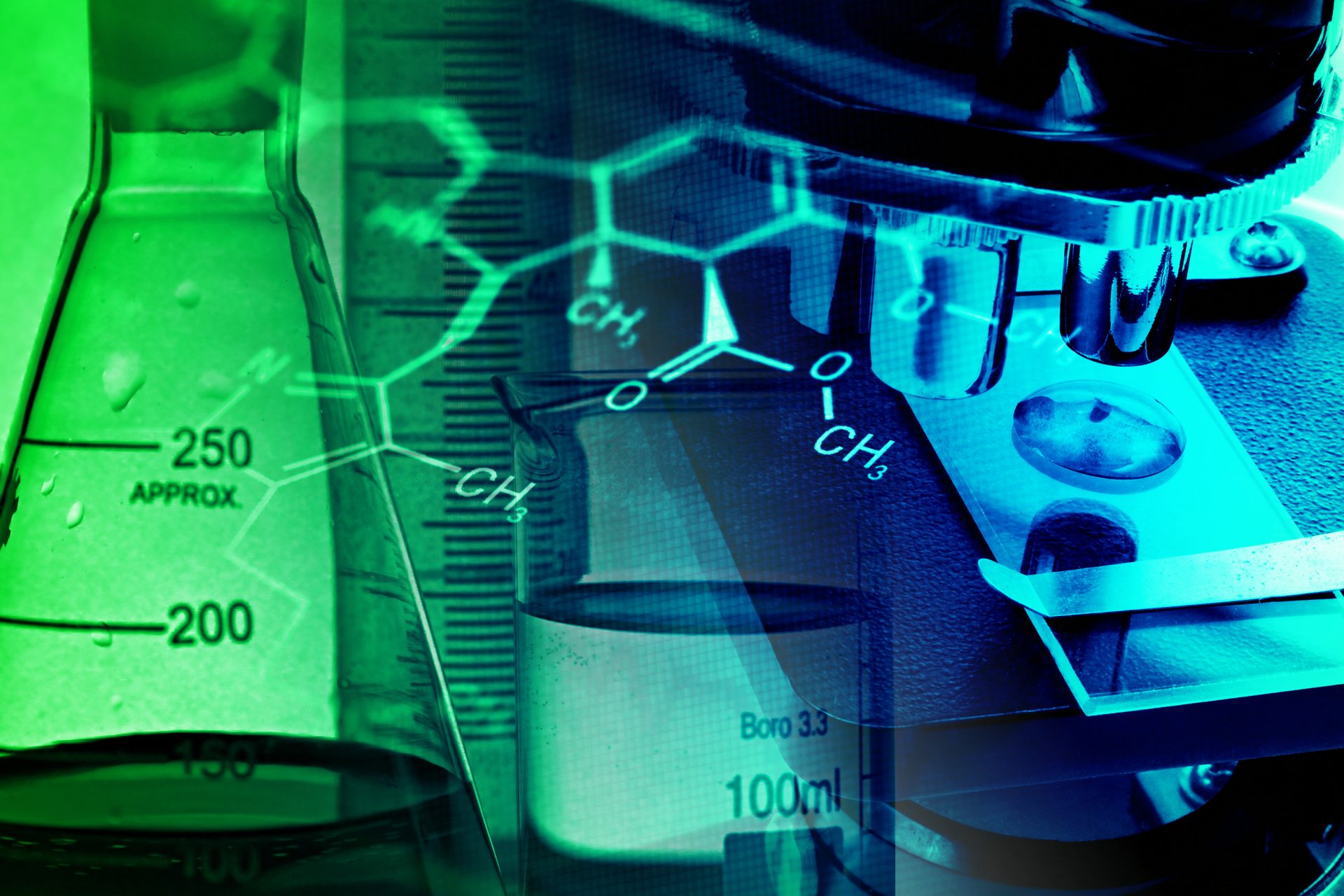

Analytical Chemistry
Nuclear magnetic spectroscopy (NMR) fulfills many of the basic requirements of chemical analysis. It can identify and quantify matter but not directly separate it. For quantitative analysis, NMR is especially suited as it is a primary ratio method. The signal area is directly proportional to the number of spins or molecules in the sample. NMR is also non-destructive which, in most cases, allows for the complete recovery of the material.
The use of cryogenically cooled probes, micro sample probes or a combination of the two, allows for the analysis of samples at concentration levels or amounts previously not considered feasible with NMR. Other developments in the technique such as the increased dynamic range of a modern NMR spectrometer now allow for the analysis and quantification of impurities or contaminants that are present in the ppm range.
The true strength of NMR is the fact that the observed signal is always directly proportional to the number of the observed nuclei in the samples. All compounds in a sample have the identical response factor. There is no need to establish individual calibration curves.
Quantitative NMR or short qNMR can determine the composition of a mixture, the amount of an unknown material and the purity of compound with a basic NMR experiment. These determinations can be performed over wide ranges of absolute and relative concentrations.
In some sense structure elucidation and verification by NMR can also be considered an analytical application. Bruker Biospin offers dedicated software to facilitate these tasks.







